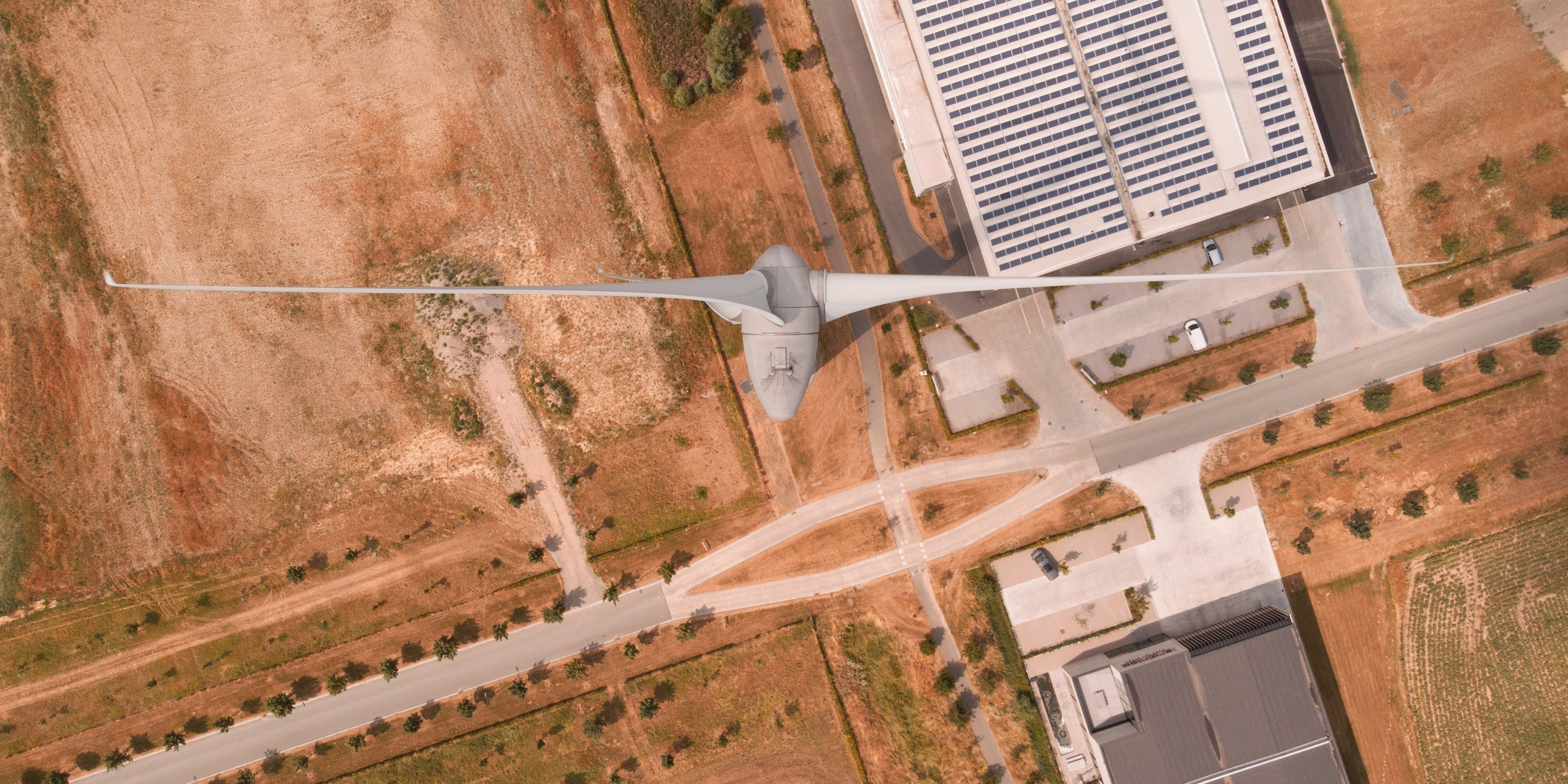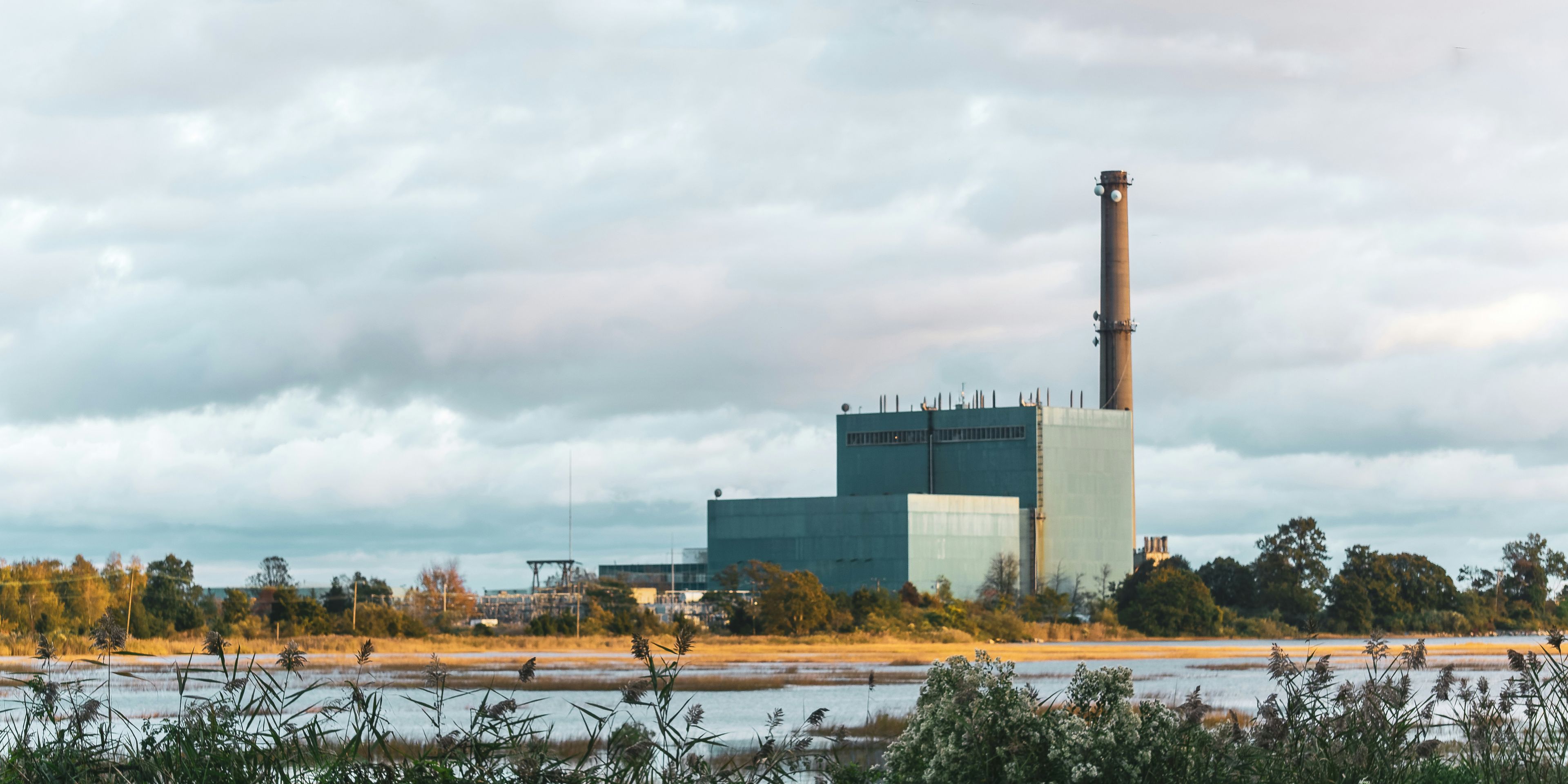
What Qualifies as a Virtual Power Plant?
Ted Ko
Ted Ko

A central challenge facing energy policymaking, as I recently commented in UtilityDive and on our own EPDI blog, is a lack of standard terminology. In the absence of clear definitions (e.g., for “virtual power plant,” “energy storage,” “resilience,” etc.), stakeholders and policy staff can often talk past each other and waste time. But as a recent EPDI forum showed, there’s both tremendous interest in developing these definitions and a real need to focus on what makes a good definition for designing policy vs. building a successful clean energy business or reporting on energy issues in the media.
If you missed my UtilityDive piece, I proposed defining virtual power plants (VPPs) for policymaking purposes according to the three distinct types I see:
- Level 1 VPP: Utility program where individual distributed energy resources (DERs) like solar PV and batteries respond to utility signals to provide grid services. (Examples: Massachusetts’ Connected Solutions program and California’s Demand Side Grid Support program.)
- Level 2 VPP: DERs are aggregated into a “fleet” that responds as one resource to a utility’s call for grid services. (Example: SunRun VPPs in contracts with PG&E and California Community Choice Aggregators.)
- Level 3 VPP: DERs are aggregated into a “fleet” that operates as one resource in a wholesale market while staying coordinated with the local distribution utility. The fleet and individual DERs may also provide retail market services. (Example: FERC Order 2222 aggregations, when they appear.)
(As an aside, a PUC staffer soon contacted me saying he’d inserted these definitions verbatim into draft VPP regulations he’s developing for his state – which meant the article was submitted on a Monday, ran the next day, and was informing regulatory policy later that week.)
Equally encouraging was the online discussion the piece generated. One (serendipitous) VPP comment from Matt Golden, until very recently the CEO of Recurve, sparked notable engagement. Matt argued that defining VPPs solely as dispatchable resources (the most common approach) is incorrect and that passive energy efficiency technologies, which both reduce electricity loads and shape them, should qualify as VPPs and be compensated as such.
Carving out time for thoughtful debate on policy questions like these is all too rare, partly due to a lack of suitable forums. So I offered to provide one, and Matt and a couple dozen energy and policy professionals joined me over Zoom for the first of what I hope will be many informal EPDI policy chats. The framing question this time was: “For designing VPP policies, should non-dispatchable DERs, primarily energy efficiency, be included in the definition and scope of VPPs?” Here are a few takeaways from our discussion.
First, for those in favor of including energy efficiency (EE) under VPPs, it seemed their primary objective was to get EE the recognition and compensation it deserves. That’s undeniably a valid concern; the suite of existing and emerging EE technologies is at least as important as any other clean energy resource, and achieving fair compensation for them will be no small task. But it’s distinct from the key challenge at hand, which was to develop a VPP definition that’s useful and actionable from a policymaking perspective. In other words, the question isn’t how to bend policy to get a particular resource compensated; it’s how and whether a proposed definition can contribute to better policy and better outcomes.
Another theme concerned the difference between grid services and energy resources, because those are often confused in policy debates. What advocates and clean energy companies often ask for is more of a certain resource (e.g., EE, solar, batteries, etc.). But what grid operators need are reliable solutions to grid needs (i.e., grid services). For policymakers, designing efficient markets therefore comes down to focusing on grid needs and services rather than on specific technologies. So from a policymaking perspective, the first question about VPPs isn’t what resources should qualify; it’s what services the grid needs that a VPP could provide.
Finally, the discussion reinforced a central tension about creating definitions. On one hand, if resources are providing very different services, it helps policymakers to be able to call them different things. (For example, an aggregation of EE resources provides different services than an aggregation of batteries; having different names for them reinforces their distinctness.) On the other hand, if a term like “VPP” is getting a lot of buzz and your resource is called something else, it could be many years before your resource gets recognized and/or compensated (which may help explain some of the impetus to classify EE under VPPs). But in the long run, better policy is a good unto itself that pays dividends to all market participants – and the more we can move away from short-term fixes, the more we can move toward the stable, adaptive, transparent markets the energy transition needs.
Judging from participants’ feedback, our first informal “policy chat” was a success. It was also helpful to us at EPDI, both in terms of sharpening our facilitation ideas and surfacing concepts for inclusion in our continually updated toolkits. If you’d like more information about these policy design roundtables, which we plan to host once or twice a month, or to suggest a topic for inclusion or learn more about EPDI’s work, please reach out to me anytime.
Recent Posts
